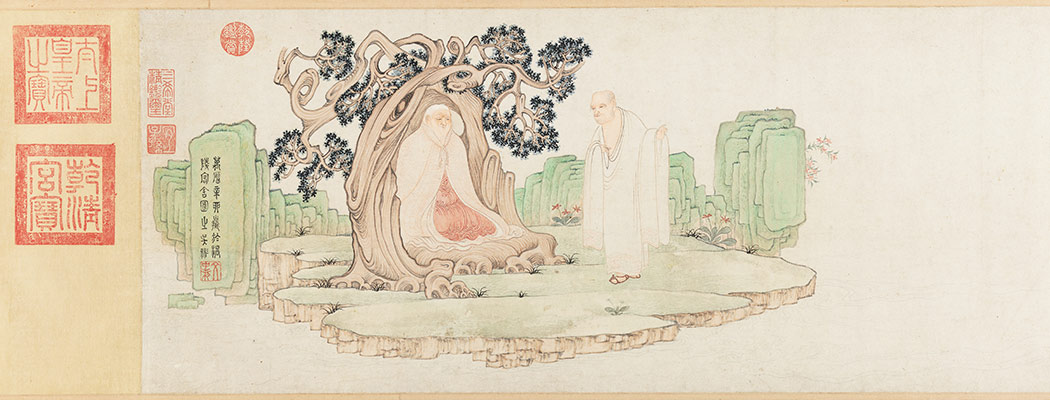Chinese porcelain uses six drawing rules
2 min readIn Western Jin dynasty, China had a famous cartographer and mapping theorist Pei Xiu (224-271). Heput forth an epochal mapping theory-six cartographical rules. According to Joseph Needham, he was the “father of Chinese scientific mapping”. He enjoyed equal fame with an ancient European cartographer Ptolemaeus Claudius (90-168); the two are routinely hailed as the two brilliant stars inter-reflecting in the West and the East in the history of the world’s ancient cartology.

Assisted by a hanger-on named Jing Xiangfan, Pei Xiu, completed 18 pages of the Chinese earliest historical atlas (Atlas of Yugong) to cover the event that took place during the period from 2000 B.C. to the beginning of Western Jin dynasty, including his writing of the preface to the book, and also contracted the scale of the old Large Maps of the Empire to 1:1,800,000, and named it Compact Terrain Maps of the Empire. Unfortunately both of the two maps are missing. The preface was compiled into History of Jin Dynasty: Biography of Pei Xiu, in which the author put forth the renowned six cartographical rules. The six rules were followed by Chinese ancient cartographers for mapping.

The scale, location and distance in the theory remain three major elements for modern geographical mapping theories, in addition to the requirements for height, shape(square or slanted), detour or straightness. In a word, it is a relatively complete theory for Chinese traditional mapping as well as the only systematic theory of its kind in ancient China. Since its application in the 3rd century, the theory guided Chinese mapping till Qingdynasty affecting the country for over 1,000 years.








